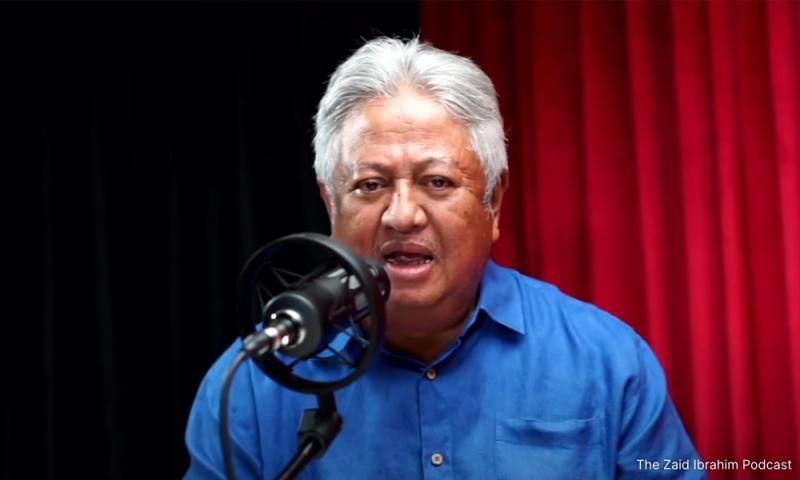Now that the elections are over, the business of government and national reconciliation begins. The Malaysian people have decided to give their trust to some parties in the opposition.
In the case of Penang, the DAP and its partners have won a two-thirds majority. They might think it worth their while - looking at the rise and fall of Gerakan in Penang - to get some perspectives on the matter.
Gerakan won the state of Penang in 1969. The party immediately ran into difficulties. There has always been a bifurcation between the former United Democratic Party members and the ex-Labour Party members, both which formed the bulk of Gerakan's membership.
On one hand, the party was in power in Penang, with little choice but to work with a federal government dominated by the Alliance. But everywhere else the party was in the opposition. It could not get its act together and natural cracks turned into fissures. The party broke apart.
Throughout the 1970s and the 1980s, the party absorbed members from the MCA. Dr Lim Keng Yaik and, for a short while and Michael Chen were among those who left the race-based party to join Gerakan. But in the process, they turned Gerakan into a mass single-race party. Gerakan became less non-sectarian and operating within the BN-fold and it soon regarded itself as a Chinese party.
Thus, by 2008, there was very little difference left between Gerakan and the MCA. Gerakan did not field a single non-Chinese candidate in this general elections. It agreed with the Chinese Town Hall that only a Chinese-educated person can be the Penang chief minister. Koh Tsu Koon could not even decide on who was going to lead Penang. The electorate responded and wiped out Gerakan!
I mentioned before that Gerakan's fate was sealed once it could no longer distinguish itself from the MCA. Both are fighting in a shrinking constituency. Whilst the MCA's constitution makes it rigidly stick to race, Gerakan had the great opportunity to position itself to take up the middle- ground. Instead it yielded that role to the DAP.
No doubt, the DAP is another traditionally Chinese-oriented party. Now is the moment that the DAP needs to rise above race. It must remember that Gerakan won in 1969 because Penangites felt that they had credible Malay leadership. Political parties forget Penang's non-sectarian voting patterns at their own peril. All non-sectarian parties have started and won here. The DAP is yet another in a long line beginning with the Radical Party, the Labour Party, the Socialist Front and Gerakan.
On the national front, these gains can quickly turn sour if we allow certain racist elements to dominate the airwaves. Already Zainal Kling, emeritus professor at UPSI (Universiti Pendidikan Sultan Idris), deliberately explained the electoral results through a racist lens. He was on TV3 throughout the election results night refusing the accept the reality that Malaysians have rejected the BN's race-based formula in Penang, Kedah, Kelantan, Perak and Selangor. Most of these states have a overwhelming Malay majority.
The DAP would do well to avoid the mistakes committed by Gerakan. Of course, Dr Lim Chong Eu had little choice as parliament was suspended and the country was effectively ruled by a dictatorship. DAP has a chance to rebuild Malaysia, to fulfill its original pledge to bring about a non-sectarian Malaysia. It now has to transform itself from a party in opposition to a party of government.
It has to realise that Penang's economy requires extra care. It must now be able to win enough confidence from the people who hold the keys to lockers and files; those who control the running of government to be able to govern Penang effectively. It can raise this confidence by making PKR its true partner, breaking forever the negative mould set by BN.
The people have given the opposition a chance to prove it can be a real alternative. To Gerakan and the MCA, its best chance for survival may begin with a deep soul-searching and perhaps, finding the courage to do away with race politics.




